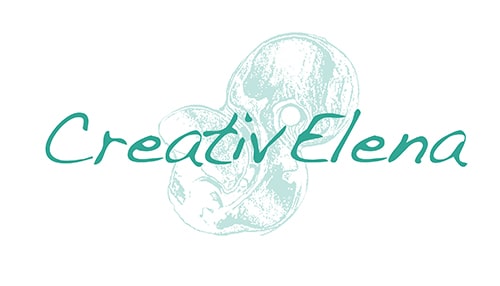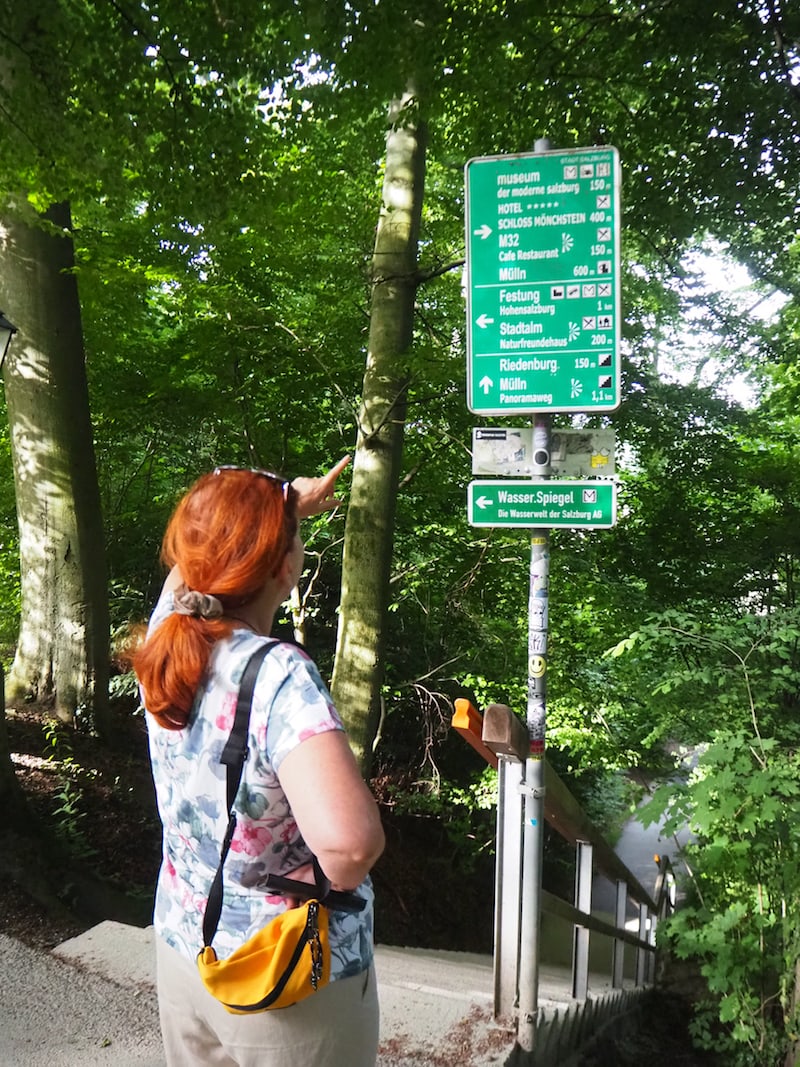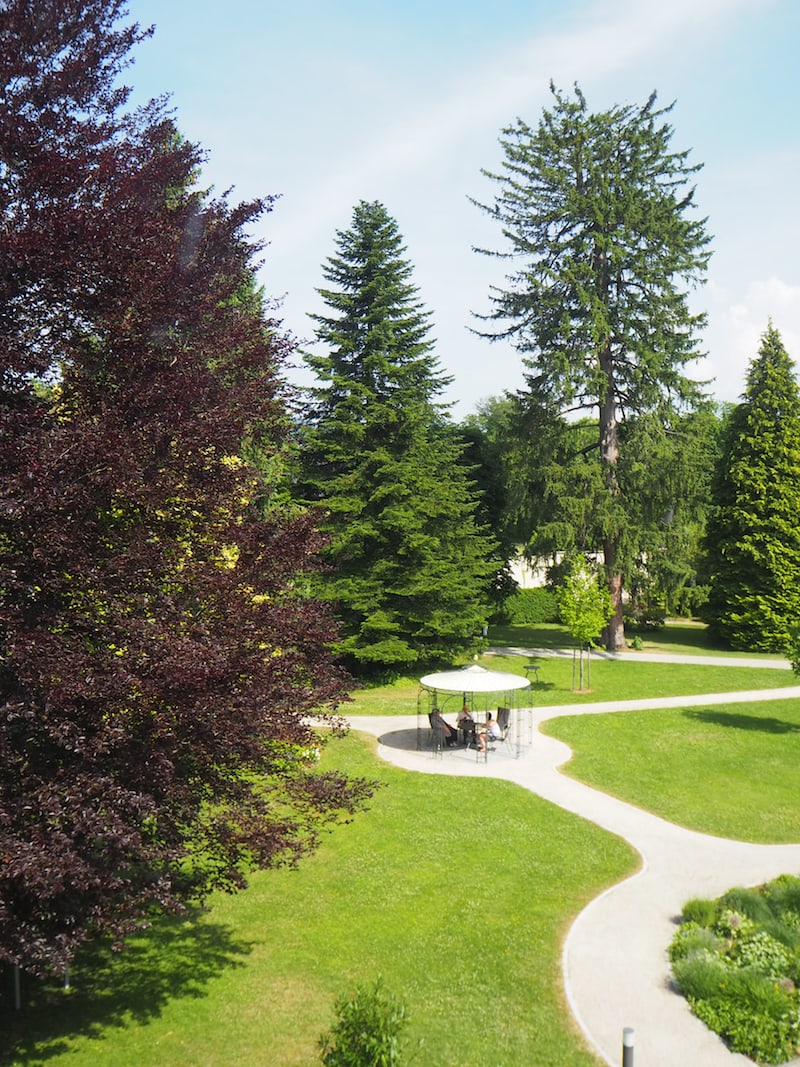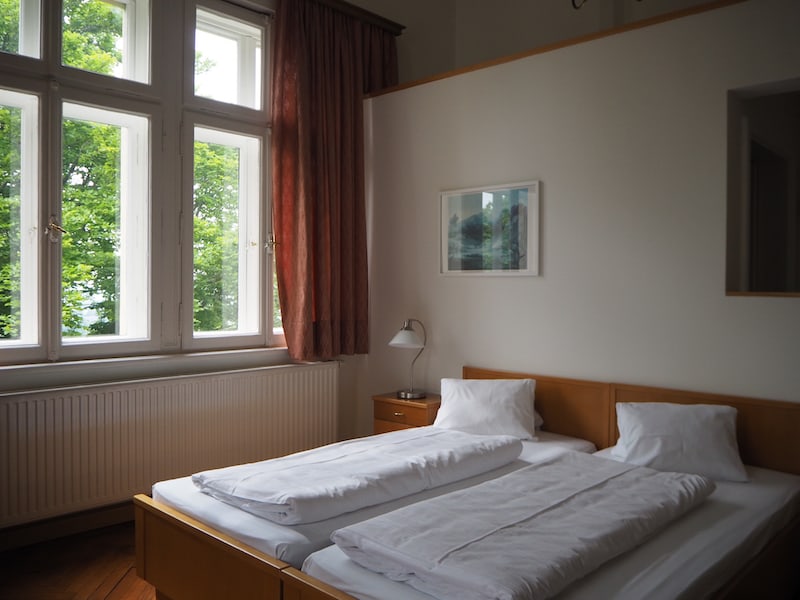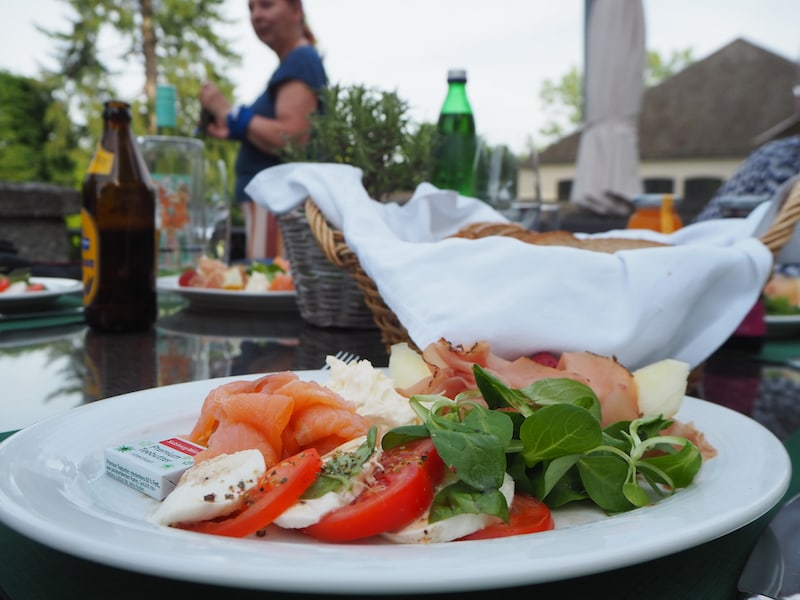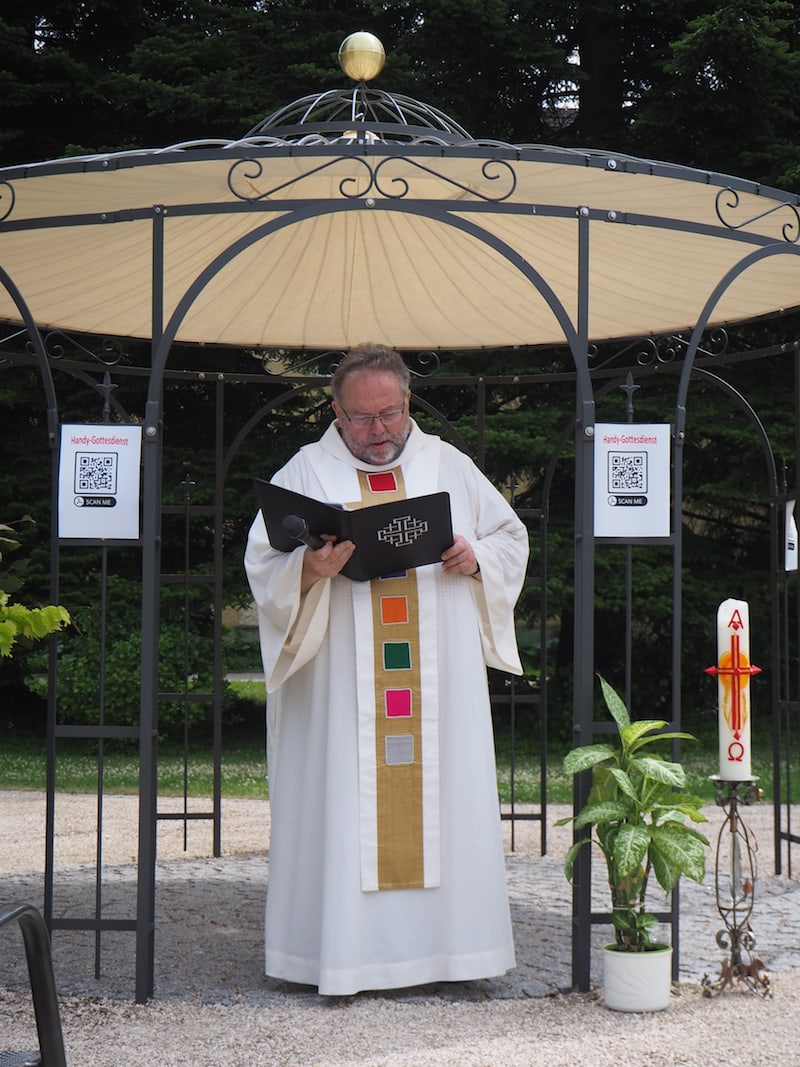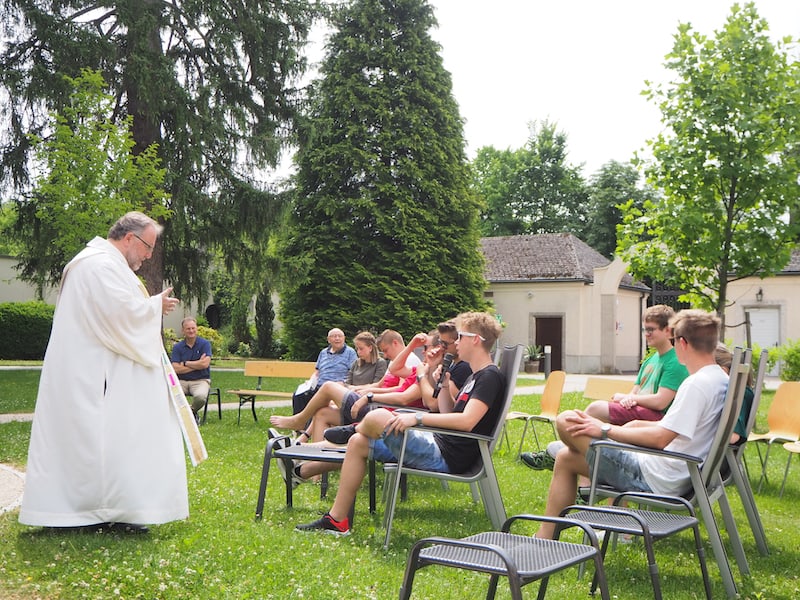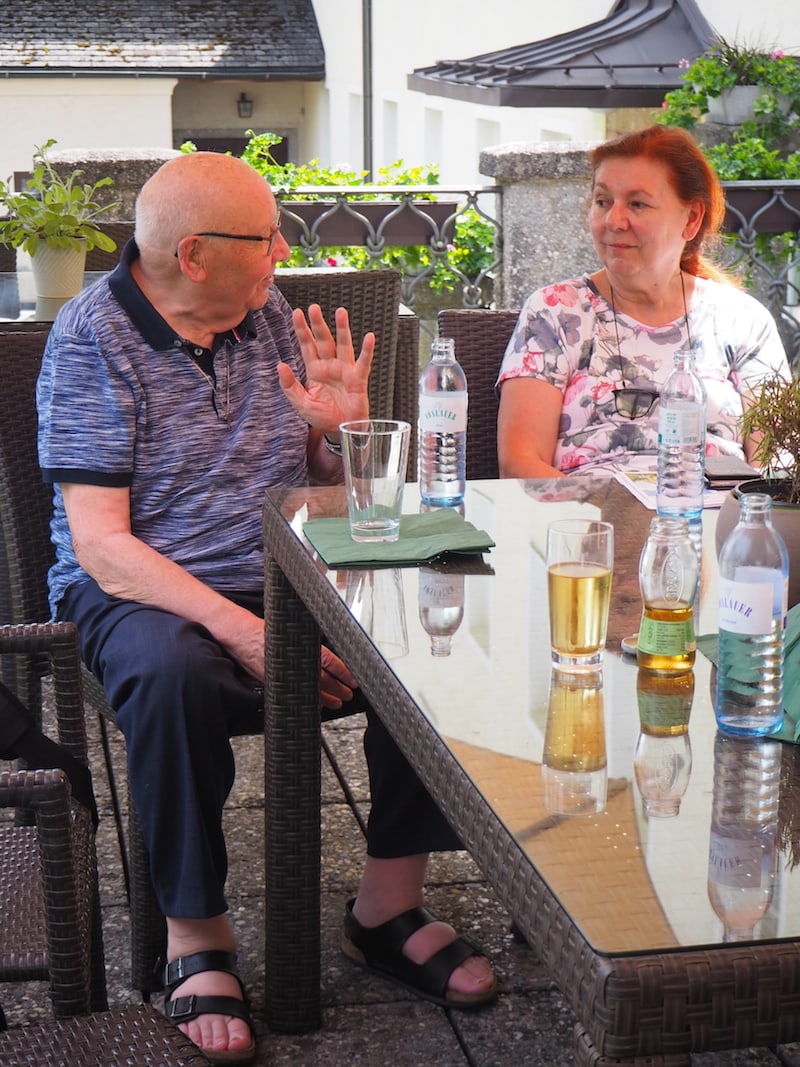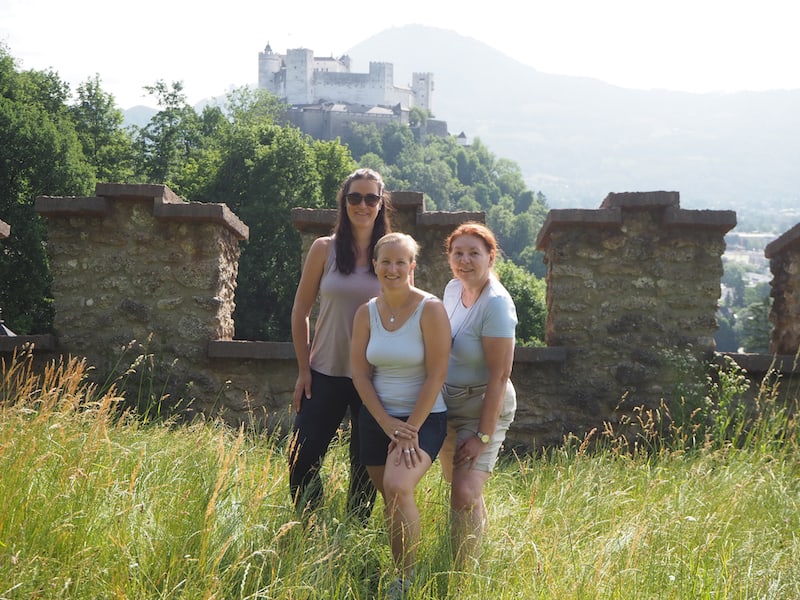Place yourself right in the middle of the city of Salzburg, yet surrounded by forests. Imagine listening to the sound of birds and cowbells, breathing in the fresh forest air yet humming to the sounds of the city, faint in the distance. My friends and I have found a place like this. It is the Pallottines residence right on top of Salzburg’s prominent Mönchsberg hill, marking the seat of a congregation of Catholic monks.
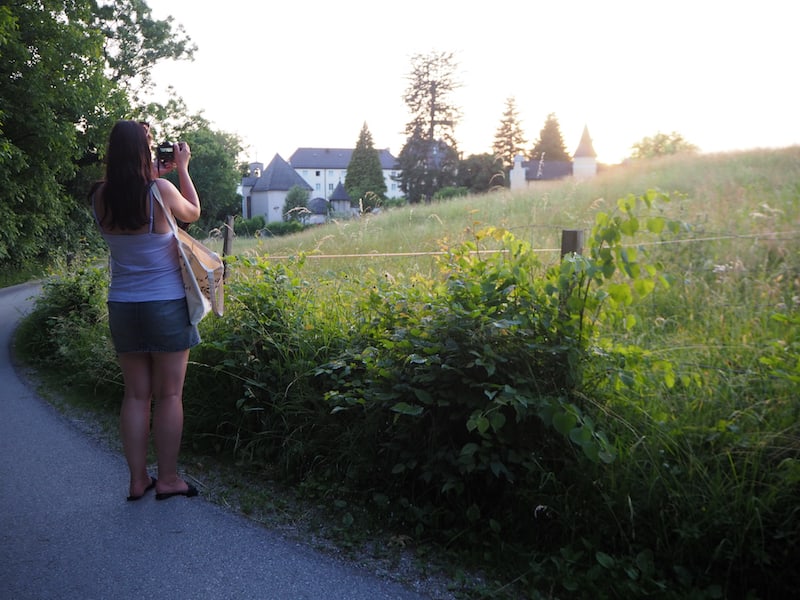
Christina and I enjoy the evening view of the Pallottines residence in Salzburg. Hard to believe we are right inside the world-famous city of Salzburg here!
The Pallottines are by no means detached from the world, though. They strive to remain very connected indeed, celebrating a religious mass with smart phones and QR codes! It does sound unusual, right? Read on to learn more.
“We are no typical religious order, such as the Benedictines for instance. Our congregation is held up by promises, not vows. You may call us, ‘world priests’ …”
I am quoting Rector Rüdiger Kiefer here, head of a congregation of seven monks altogether. Upon arrival, he welcomes us at the sunny terrace of the Johannesschlössl, a former nobility palace that is now the residence of the Pallottines in Salzburg. He patiently attends to all our questions about the history of the Pallottines. They were founded as a religious congregation in 1830 by Vincenzo Pallotti, who served as confessor to the pope in Rome. He wanted for the Pallottines to form a “Church of all Christians, not just clergymen”.
Today still, the Pallottines focus on people and society by promoting trending topics such as fasting, and fasting in the context of a monastery. There are regular offers to come and take time off in the course of a fasting retreat here. During our two-day stay with the Pallottines, we have become witness to the welcoming of a new fasting group at the monastery guesthouse.
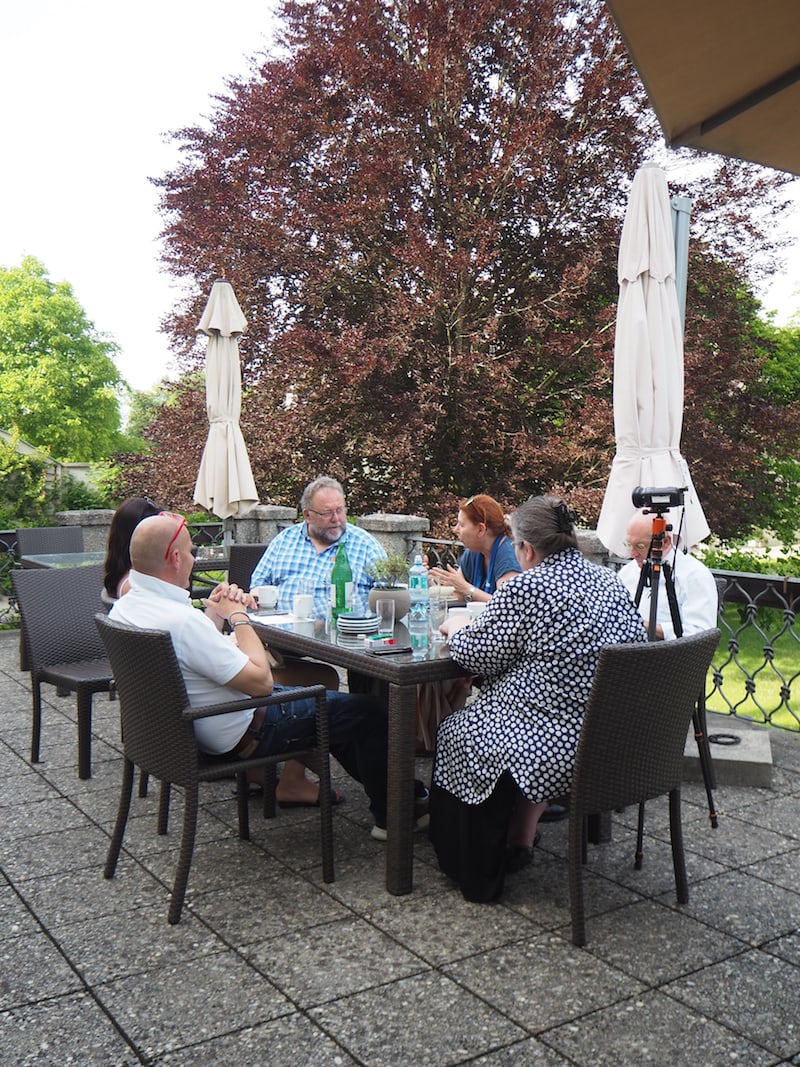
Talking to Rector Rüdiger Kiefer (centre) and Managing Director Ulrich Walder (left) at the Pallottines’ residence in Salzburg …
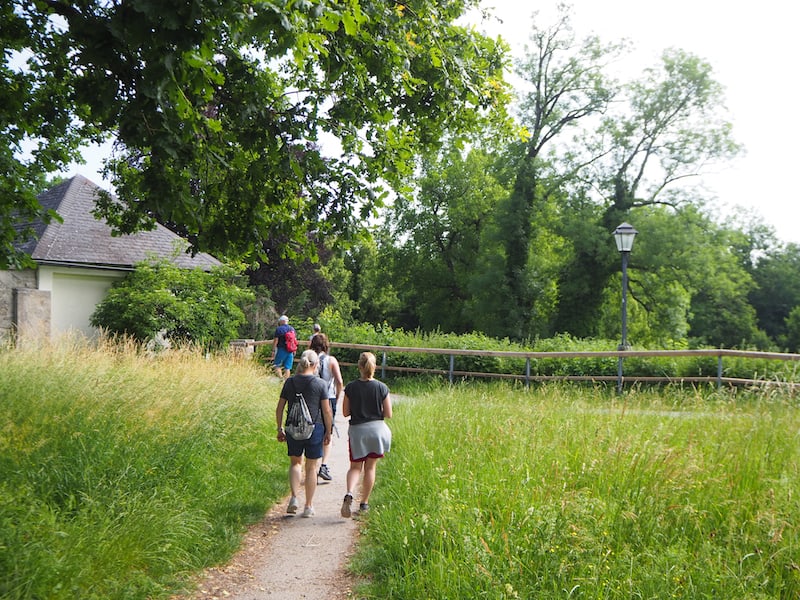
… where soon we get to mix and mingle with a new set of guests, who have come here to fast for a week.
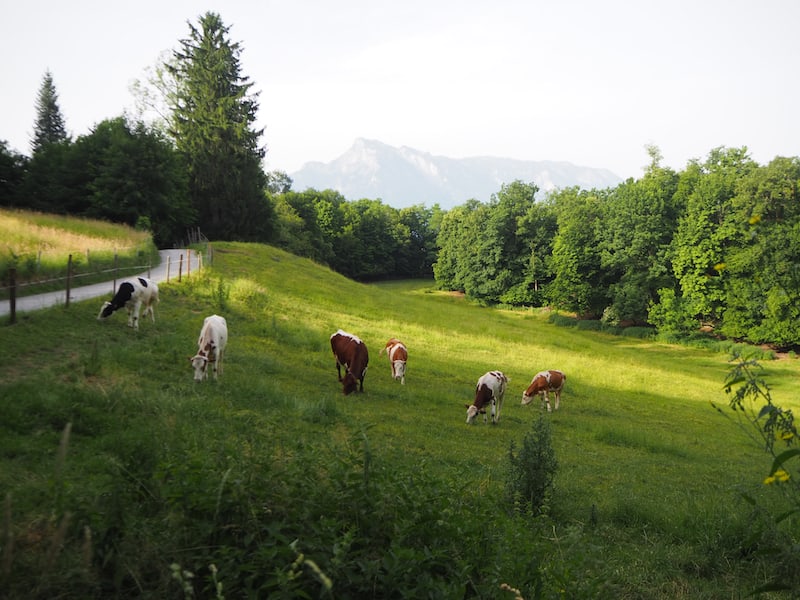
This is the view stepping out from our guesthouse at the Pallottines’ residence on top of the Mönchsberg hill! You would never believe yourself to be right inside of the city of Salzburg, would you?
So what’s the story behind (religious) fasting here?
I have to admit, I’m all ears when it comes to fasting. Ever since experiencing its transformative and healing powers for the first time in early 2018 (read my blog post about it here – it was a truly special experience!), I want to go back and experience it once more. Just like the Pallottines, I look at voluntary periods of abstinence from food not as missing out on something, but rather as gaining something. “You can look at it as a period of gaining fresh focus”, Rector Rüdiger Kiefer explains. “It is what all our fasting groups love about coming here.”
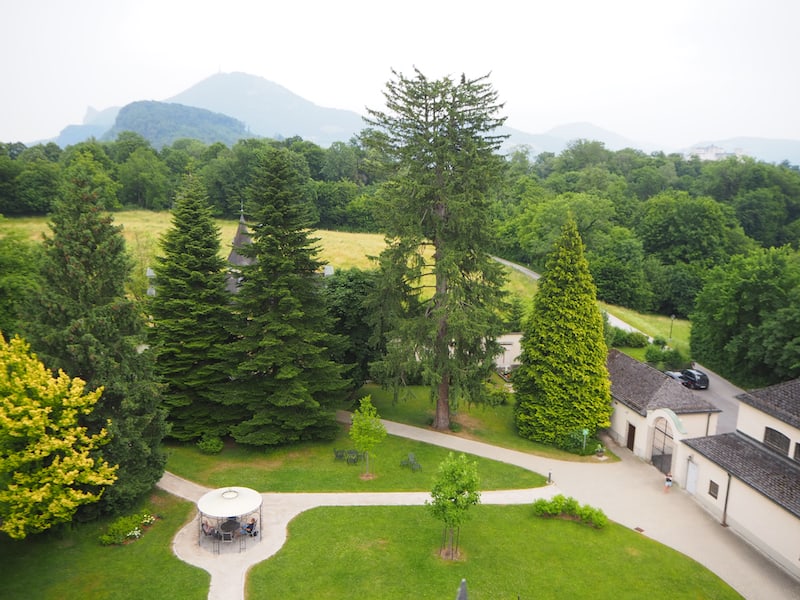
There are many great view points here to look at things from a fresh perspective. See the famous fortress Hohensalzburg in the distance? It is just about visible in the summer haze (top right corner).
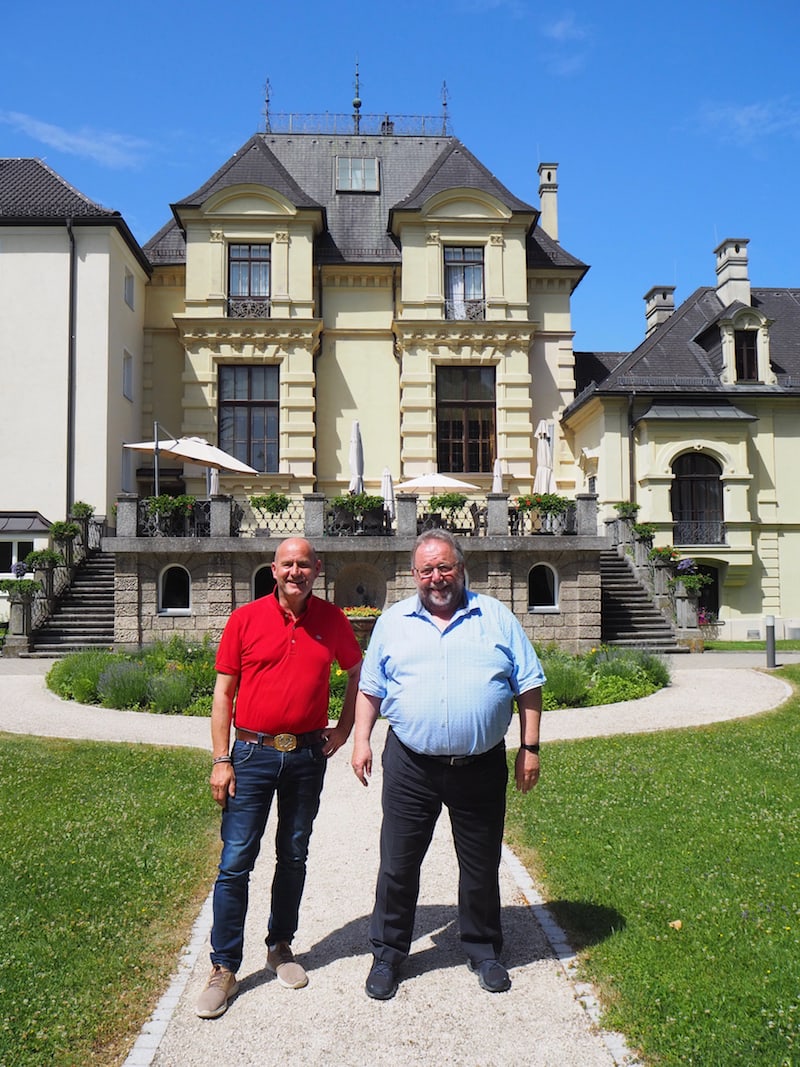
Thank you, Rector Rüdiger Kiefer (on the right) and Managing Director Ulrich Walder for taking so much time to answer all our questions about the Pallottines and their many offers here in Salzburg.
What’s involved when staying with a religious congregation such as the Pallottines?
You may ask yourself this: What if I am not particularly keen on fasting? May I still come as a guest, and stay with the Pallottines in Salzburg? You may. Check out the following images, which will give you a bit more of a clue as to what to expect.
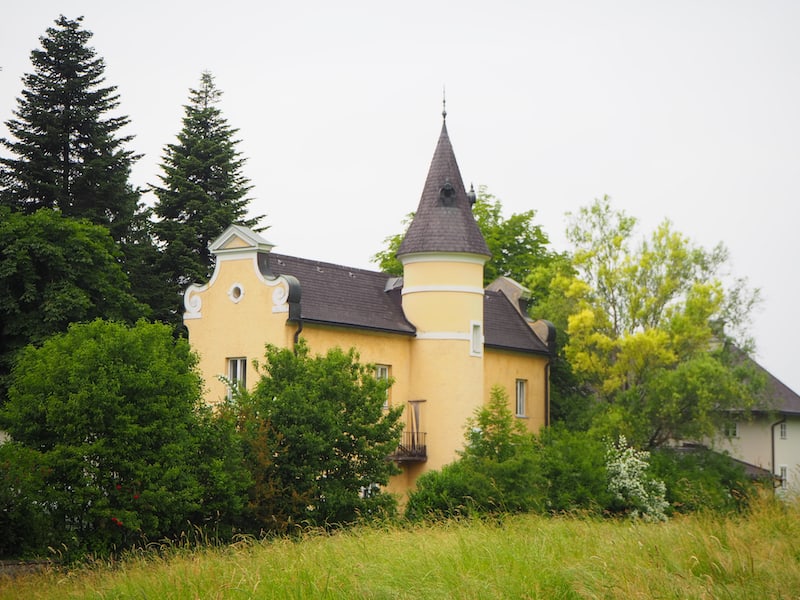
The so-called Johannesschlössl of the Pallottines is a former nobility palace right on top of the Mönchsberg hill, and has been run by the religious congregation of the Pallottines for just under 100 years.

… and if you do not come here to fast, all meals are served in the former chapel of the palace, now a small banqueting hall …
What’s up next? Pallottines, QUO VADIS?
Soon enough, the Pallottines will celebrate their 200th anniversary. “The truth is that our European congregations are dying out, but our missions in Asia and Africa grow rapidly”, Rector Rüdiger Kiefer as well as Father Büttner confirm a growing tendency among many monastery congregations in Europe. Through innovative offers, such as monastery fasting retreats or celebrating religious mass with smart phones, they hope to stay connected with modern-day society.
I have never in my wildest dreams imagined to meet a priest who openly welcomes smart phones to a mass! But then, the Pallottines are clever at reconciling seeming contradictions – fasting and enjoying life, using smart phones and participating in a religious mass. It is what I like about them, I must say. Do visit the Pallottines in Salzburg on your next visit to the world-famous city, and find out for yourself!
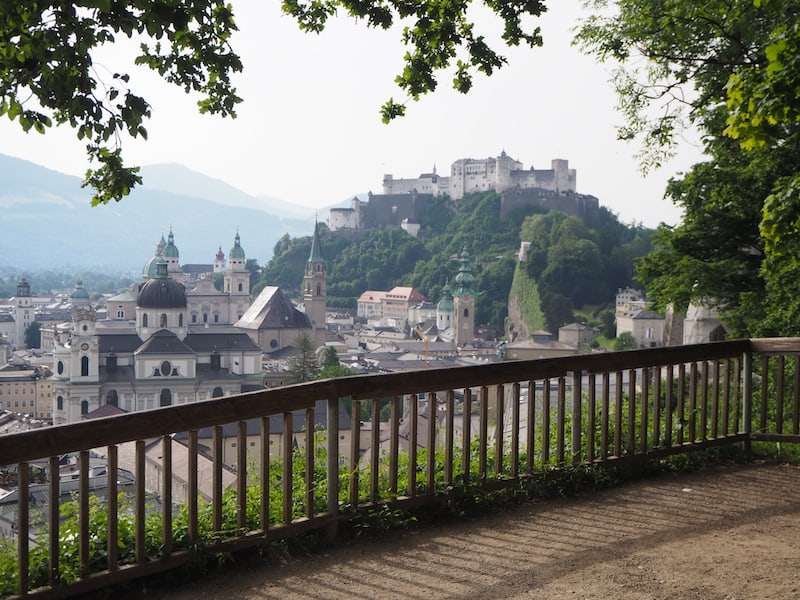
… and yes, this is the “world view” of the famous Hohensalzburg Fortress when stepping out of the Pallottines’ residence, at just five minutes walk through the Mönchsberg hill forest!
Learn even more about our stay with the Pallottines in my Instagram Highlight here. I have also published these travel photographs of our stay with the Pallottines, and in the city of Salzburg:
Disclaimer: We have been invited by the Austrian Association of Monasteries, Abbeys & Convents “Klösterreich” on this trip to the Pallottines in Salzburg. All opinions are my own.
